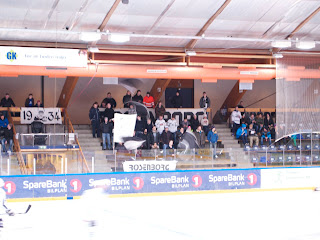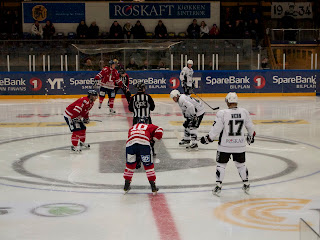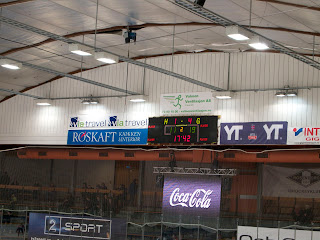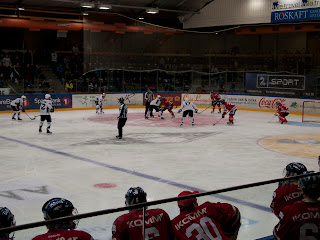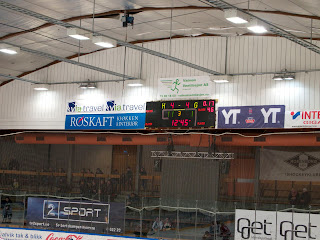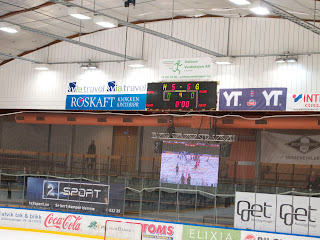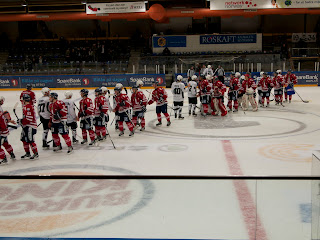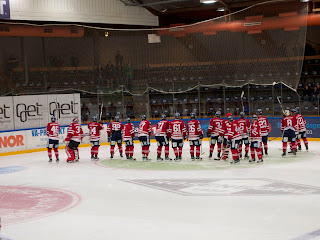Another thing that is really interesting are the ways different languages try to handle linguistic phenomena: The definiteness/indefiniteness problem was solved in Western European languages by the means of articles (and dude, the usage of articles is really diverse — just look at Norwegian), while the Slavic languages rely on implicit semantics to carry definiteness. And this is only one example, there is a lot more to discover in linguistics, for example the use of prepositions which differs a lot across Europe. Or the different kinds of inflections: German and Icelandic preserved a whole lot of inflection rules (like matching the adjective to the corresponding noun in the correct case), while other languages from the same group did not (English, for example).
The main thing I can take from learning that much languages is that with six languages, you can understand a whole lot of Europe (if you have some imagination, you will be limited only by languages from another language families like Finnish or Hungarian) and the Americas: With Norwegian, you can be understood anywhere in Scandinavia, German and English cover the rest of the Germanic group, French gives enough to understand Italian and a bit of Spanish / Portuguese and with Russian and Ukrainian, it is possible to at least read any other Slavic language. I missed the Baltic languages: they seem like a mix of Slavic and Germanic cores and something else and you have to put more effort into understanding them.
And it is really cool. You can finally read all those Facebook posts in seemingly cryptic languages 😉
This, however, does not save you from the problem of understanding a spoken language: The phonetic characteristics are even more different than the grammatical and lexical ones. For example, you have to train hard to be able to dissect spoken Norwegian into distinct words, if you are used to German or English.

